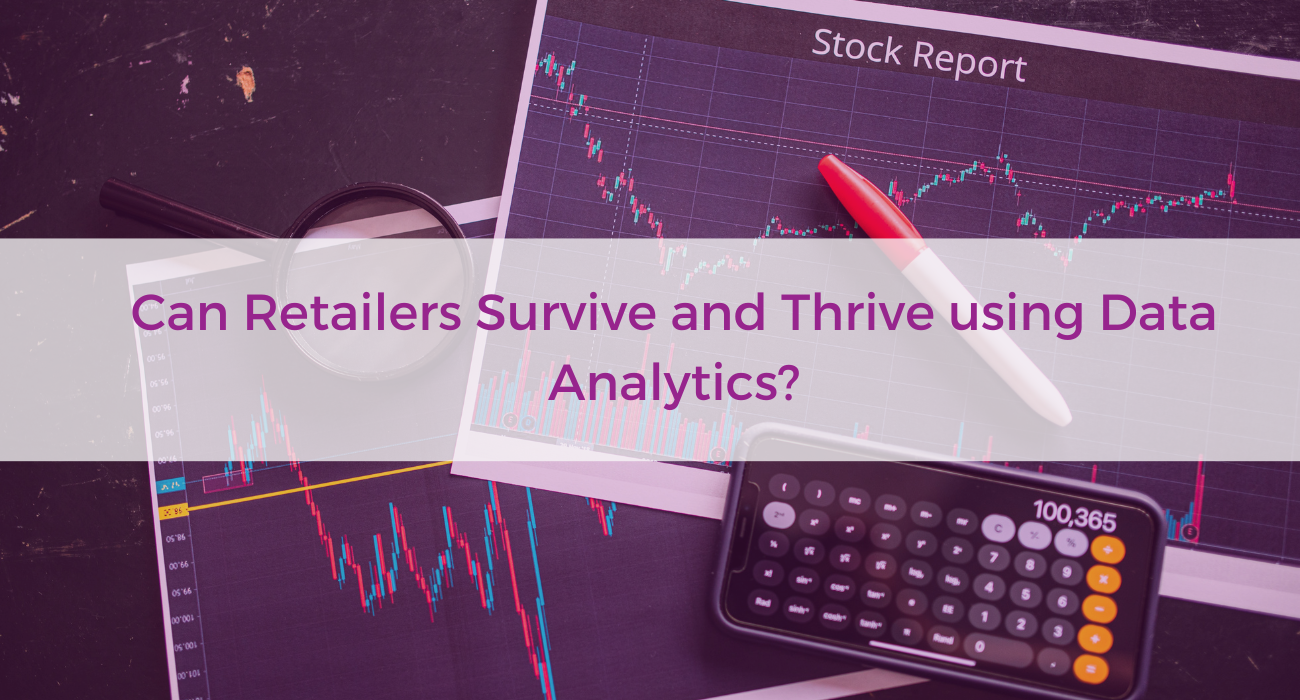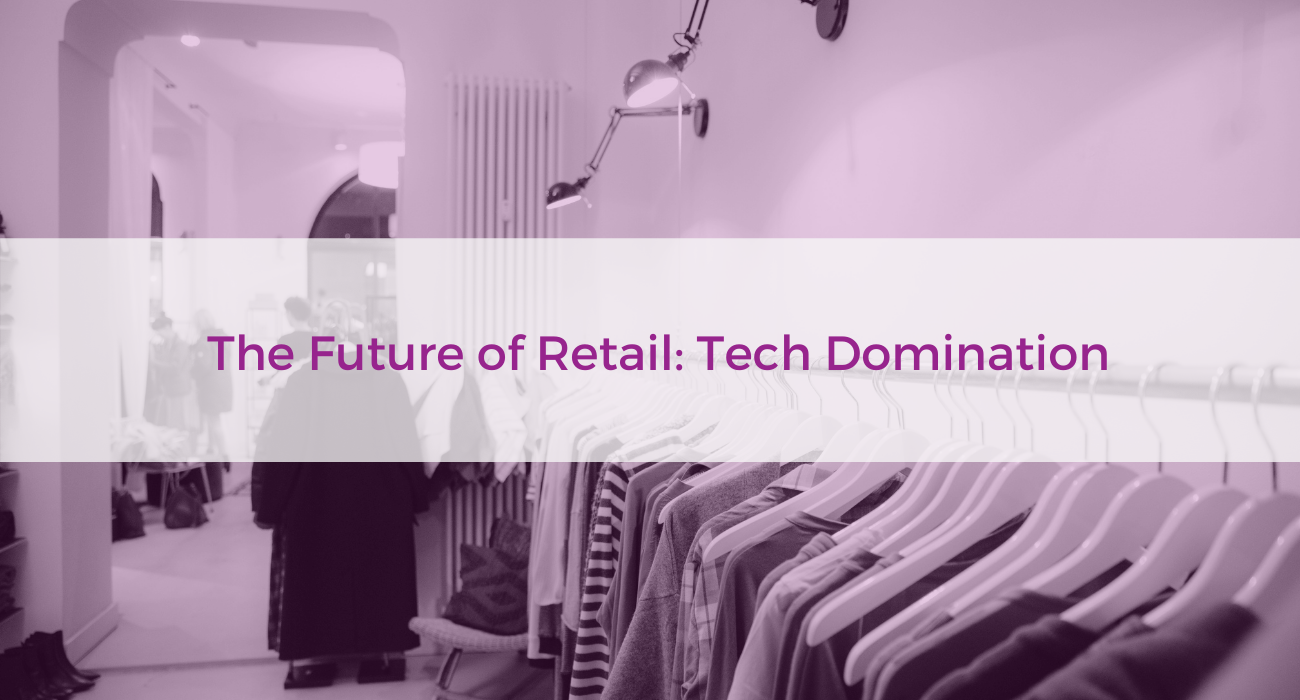
Can Retailers Survive and Thrive using Data Analytics?
As the retail industry becomes more competitive, data is proving increasingly beneficial for retailers through its ability to to track customer behaviour, determine best selling products, and spotlight improvements needed online and in store. Retailers must leverage these insights about their customers’ wants and needs to stay ahead of competitors and build a better shopping experience.
Neo PR’s client, CTS, discusses how harvesting cloud-based, cross-functional data sets and analytics can transform retail operations through highly targeted optimisation.
Utilising Collaborative Business Intelligence
Retailers are exploring more advanced Machine Learning (ML) and Artificial Intelligence (AI) techniques as they become increasingly digitally empowered, which is enabling them to take a more refined approach to peak season forecasting. Through advanced analytical tools, retailers can analyse pricing decisions at SKU level in granular detail, not only to reduce warehouse stock and to optimise supply chains, but also to improve customer experience, achieve sustainability goals, increase margin and boost retail performance.
From reducing infrastructure and storage costs to enabling real-time access to inventory and operational data, cloud services benefit the retail industry in a variety of ways, such as:
- Stocks and Insight Traceability: The ultimate budget headache lies in overstocking or understocking, which also impacts business profitability. This problem can be solved with cloud by tracking inventories at all stages without the restrictions of traditional systems.
- Managing Warehouses Remotely: Businesses can access all inventory locations offsite through migrating to cloud software, including live inventory volume, location of delivery centres, and more.
- Supply Chain Cloud Management: Implementing inventory in the cloud means inventory management, order placements, and requisition are automated as opposed to manually tracking, which requires a lot of human time.
- POS Updates: Real-time Inventory updates from back-office system to POS (integration between POS & back-office).
Optimisation and Priorities
Logistics is the priority in most retail operations, with advanced analytics being used to optimise the transportation of containers into the UK and then to stores in the most effective and sustainable method possible. Data is driving strategic planning to improve forecast demand, plan inventory requirements, automate processes and estimate logistics needs.
Retailers can also entice shoppers in alternative ways through analytics, whether that is to take a more intelligent approach to localisation or leverage offers to attract shoppers into stores and expose them to different product lines. Customer expectations are now being set by those retailers using data to be more exciting and create a more compelling offer.
And, profitability is being protected. Multiple rapidly changing variables must be monitored for retailers to dynamically review pricing for the most optimal sales and revenue targets, such as consumer demand for select products and competitors pricing.
Conclusion
Data analytics can revolutionise the entire peak season event whilst reflecting each retailer’s specific business, with the right skills and correct inference. Whether it’s securing customer loyalty or improving brand image through consumer satisfaction, or decreasing costs by minimising wastage and boosting productivity, it doesn’t matter, transforming retailers’ profitability lies fundamentally within data analytics.




